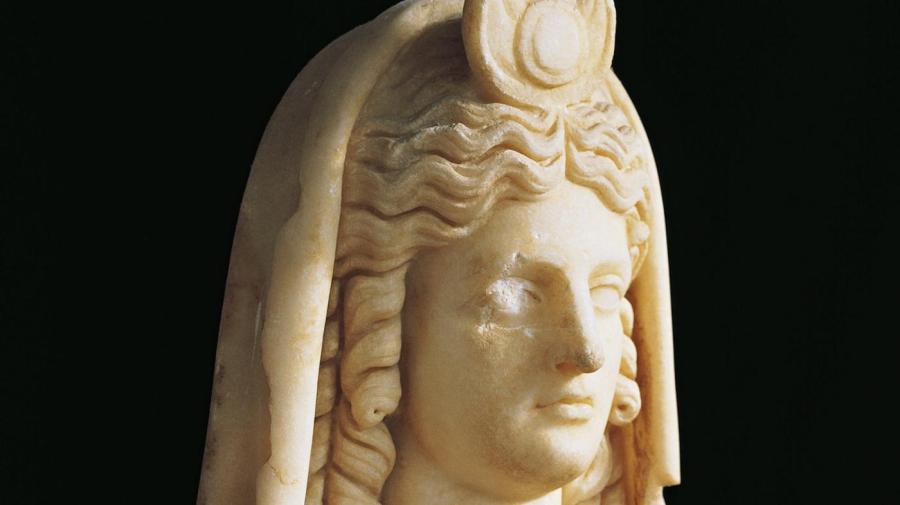How Did the Constellation Virgo Get Its Name?

The constellation Virgo personifies the Greek goddess Persephone, the maiden daughter of Demeter, who was abducted by the god of the underworld until she was allowed to return to her mother in the spring. Virgo first appears in the night sky in the Northern Hemisphere as spring begins, which is why the Greek myth of Persephone is associated with Virgo, the virgin maiden.
The constellation Virgo is made of 15 stars. The head of the constellation rises first with the feet towards the eastern horizon. To find Virgo in the night sky of the Northern Hemisphere, stargazers need to locate the arc of the Big Dipper’s handle and follow the end of the curve down to a bright orange star called Arcturus. Beyond that curved arc, south of Arcturus, is the blue giant star Spica, which serves as the end of the left arm of Virgo. The constellation appears to be laying down to observers on Earth.
Virgo is the largest constellation in the Zodiac and the second largest overall next to Hydra. Porrima, the second brightest star in the constellation, forms the juncture of the head, two arms and torso of Virgo. Virgo is one of the hardest constellations to see because it has only one bright star and a lot of dark space in between stars. The sun blots out Virgo for 45 days of the year, from Sept. 16 to Oct. 30.





